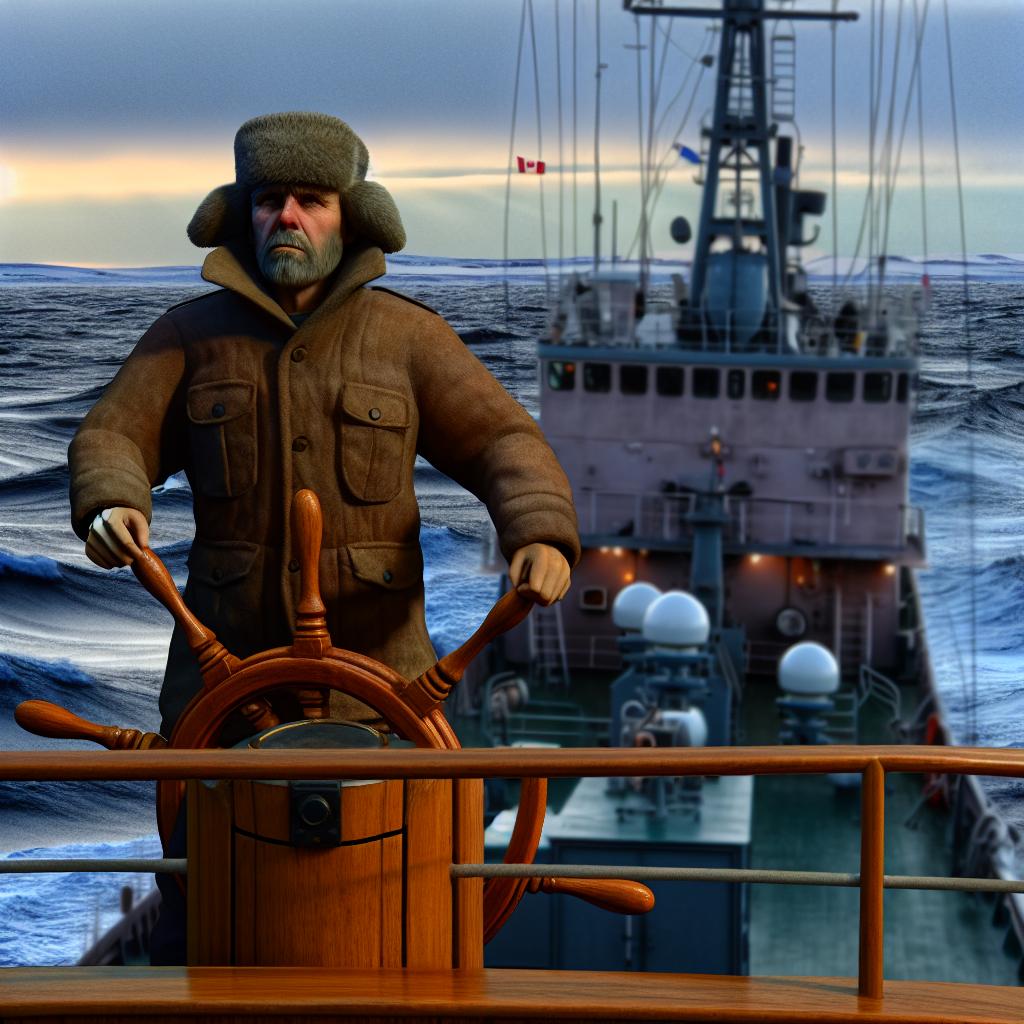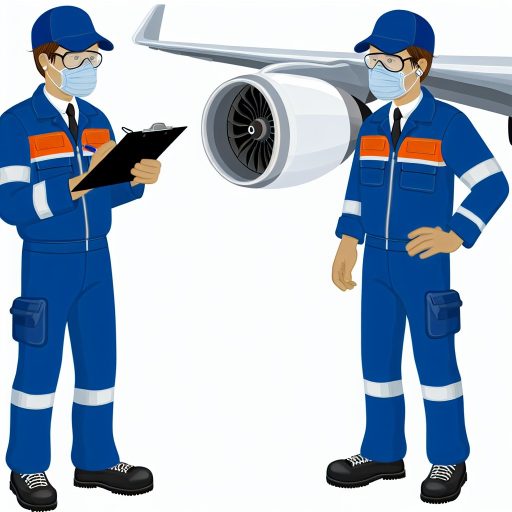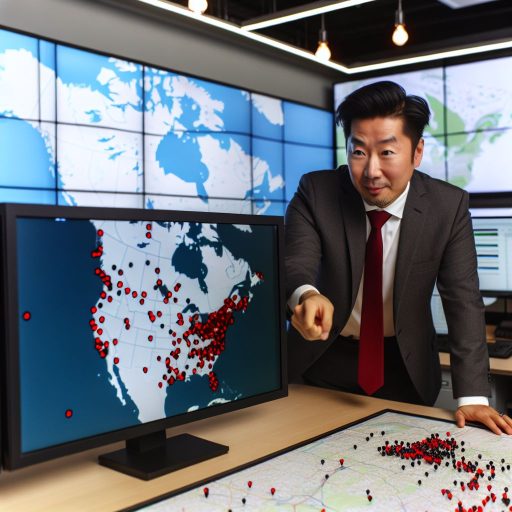Introduction to Maritime Piloting
Overview of Maritime Piloting
Maritime piloting plays a critical role in navigation and safety.
Pilots possess specialized knowledge and training for coastal and inland waters.
They guide vessels through challenging and congested areas.
By doing so, pilots ensure safe passage for ships and protect the marine environment.
Additionally, they help prevent accidents that could lead to disasters.
Importance of Maritime Pilots
Maritime pilots are essential for the maritime industry.
They contribute to the efficiency of shipping operations worldwide.
Moreover, pilots save time and resources for ship operators.
They minimize the risk of incidents in busy ports and waterways.
This expertise fosters trust between shipping companies and the communities they serve.
Professional Responsibility
Pilots carry significant responsibilities while guiding vessels.
They assess environmental conditions such as tides and currents.
Furthermore, they communicate effectively with ship crews and harbor authorities.
Safety is always their top priority during every maneuver.
Ultimately, successful piloting enhances maritime safety standards globally.
Educational Requirements
Relevant Degrees
To become a licensed maritime pilot, individuals typically require specific degrees.
A degree in maritime studies is highly beneficial for aspiring pilots.
Marine transportation or marine engineering degrees also provide relevant knowledge.
In some cases, a degree in logistics or a related field may suffice.
These programs often cover critical areas like navigation, vessel operation, and maritime law.
Certifications
In addition to degrees, specific certifications are essential for maritime pilots.
A valid captain’s license is usually a prerequisite for entering pilot training programs.
This license demonstrates mastery of vessel operation and navigation skills.
Moreover, pilots must hold certifications in specific navigational systems.
These certifications ensure pilots are prepared for the complexities of their roles.
Unlock Your Career Potential
Visualize a clear path to success with our tailored Career Consulting service. Personalized insights in just 1-3 days.
Get StartedTraining Programs
Many individuals join specialized pilot training programs to gain crucial skills.
These programs offer a combination of coursework and hands-on training.
Training often includes simulator sessions that mimic real-world situations.
Furthermore, trainees learn from experienced pilots through mentorship programs.
This practical experience is vital for developing decision-making skills and confidence.
Continuing Education
Maritime regulations and technology constantly evolve.
As a result, licensed pilots must engage in ongoing education.
Many organizations offer workshops and courses to enhance pilot skills.
Additionally, pilots may renew certifications through refresher courses.
This commitment ensures they remain competent and up-to-date in their field.
Gaining Experience: Navigational Skills and Sea Time
Building Fundamental Skills
To become a licensed maritime pilot, one must master essential navigational skills.
These skills form the foundation for safe and effective vessel management.
Understanding maritime charts is critical to accurate navigation.
Additionally, utilizing electronic navigation systems enhances efficiency.
Practicing dead reckoning develops a pilot’s ability to estimate a vessel’s position.
Acquiring Sea Time
Sea time is a vital component of pilot training.
It refers to the accumulated hours spent on watercraft.
Prospective pilots typically require a minimum of 1,200 hours at sea.
Working as a deckhand provides invaluable hands-on experience.
Many pilots start their careers as officers in the merchant marine.
Training Programs and Licensing
Formal training programs are available for aspiring pilots.
These programs often include classroom instruction along with practical training.
Universities and maritime training centers offer degrees in marine studies.
After completing the training, candidates can apply for a pilot’s license.
This license typically requires passing both written and practical exams.
Continued Education and Proficiency
Maritime pilots must engage in continuous education throughout their careers.
Staying updated with industry standards is essential for safety.
Many pilots attend workshops and seminars regularly.
Networking with fellow professionals enhances knowledge sharing.
Moreover, ongoing training helps pilots adapt to new technologies.
See Related Content: Understanding the Responsibilities of a Maritime Pilot
Licensing Process: Steps to Obtain a Maritime Pilot License
Initial Requirements
Becoming a maritime pilot requires specific initial qualifications.
First, candidates must possess a valid captain’s license.
This license often entails several years of seafaring experience.
Additionally, candidates need a strong understanding of navigation and maritime regulations.
Training Programs
Next, aspiring pilots should enroll in recognized training programs.
These programs often combine theoretical knowledge with practical skills.
Training typically includes simulations and real-world piloting experiences.
Moreover, mentorship from experienced pilots is crucial during training.
Examinations
Candidates must successfully pass several examinations to qualify.
The exams assess both navigation skills and regulatory knowledge.
Written tests often precede practical evaluations on specific vessels.
Passing these exams demonstrates readiness for the challenges ahead.
Sea Trials
After examinations, candidates undertake sea trials.
These trials evaluate practical pilotage skills in real-world conditions.
Candidates navigate challenging waters under the supervision of experts.
Successful completion of sea trials is a significant milestone in this process.
Licensing Approval
Once all requirements are met, candidates can apply for licensing.
This involves submitting documentation and proof of qualifications.
Reviewing authorities will then verify the application details.
Approved candidates will receive their maritime pilot license accordingly.
Discover More: Tools Every Aviation Maintenance Technician Needs
Training Programs
Overview of Pilot Training
Becoming a licensed maritime pilot requires extensive training.
This training typically includes classroom instruction and practical experience.
Pilot trainees learn navigation, ship handling, and maritime law.
They also study weather patterns and local waterway characteristics.
This education equips them with essential skills for piloting vessels safely.
Simulation Training
Simulation plays a crucial role in pilot training programs.
Modern simulators accurately replicate real-life navigation scenarios.
Trainees practice maneuvers in a controlled environment.
This method helps build confidence and reduces the risk of accidents.
Moreover, simulation allows for repetitive training without real-world consequences.
Assessment and Certification
Upon completing training, candidates undergo rigorous assessments.
Assessments typically include both written and practical exams.
Successful candidates receive certification from maritime authorities.
This certification validates their readiness to pilot commercial vessels.
Continuing education keeps pilots updated on industry standards and practices.
You Might Also Like: Freight Forwarder Career Pathways And Opportunities

Mentorship: The Role of Experienced Pilots in Training
The Importance of Mentorship
Mentorship is crucial in developing skilled maritime pilots.
It bridges the gap between theoretical knowledge and practical experience.
Experienced pilots offer invaluable insights and guidance.
They provide personal anecdotes that enrich learning.
This personal connection enhances the mentee’s confidence and skills.
The Mentor-Mentee Relationship
The relationship begins with trust and respect.
Mentors share safety protocols and navigation techniques.
They also encourage mentees to ask questions.
This open communication fosters growth and learning.
Training Programs and Shadowing
Most mentorship programs include hands-on training.
Mentees often shadow their mentors during assignments.
This experience exposes them to real-world scenarios.
They learn decision-making in high-pressure situations.
Shadowing helps build situational awareness.
Feedback and Continuous Improvement
Mentorship involves regular feedback sessions.
Constructive criticism helps mentees identify areas for improvement.
Mentors highlight strengths and encourage further development.
Continuous learning is essential in maritime piloting.
Expanding the Pilot Community
Mentorship also promotes community within the profession.
Experienced pilots often connect mentees with industry networks.
This networking leads to job opportunities and collaboration.
Building a strong community enriches the profession.
You Might Also Like: How to Improve Driver Safety as a Fleet Manager
Regulatory Bodies: Understanding the Organizations Involved
Introduction to Regulatory Bodies
Regulatory bodies play a vital role in maritime piloting.
These organizations ensure safety and efficiency on our waterways.
Without them, the industry would lack essential oversight.
Key Organizations in Maritime Regulation
Several key organizations govern maritime piloting standards.
The International Maritime Organization sets global regulations.
Additionally, national maritime authorities enforce local laws.
For instance, the U.S. Coast Guard oversees U.S. waters.
They establish safety protocols for licensed pilots.
Functions of Regulatory Bodies
Regulatory bodies perform various essential functions.
They create training standards for prospective pilots.
Moreover, they conduct inspections of pilotage services.
This ensures compliance with safety regulations.
Furthermore, they investigate accidents and incidents.
Collaboration with Other Entities
Collaboration enhances the effectiveness of regulatory bodies.
They work closely with shipping companies and port authorities.
This collaboration promotes safety and best practices.
Additionally, they engage with environmental organizations.
Such partnerships help address ecological concerns.
Impact on Maritime Industry
These regulatory bodies significantly impact the maritime industry.
They enhance safety and efficiency in navigation.
Moreover, their guidelines foster industry innovation.
As a result, the industry evolves continuously to meet challenges.
Maritime piloting remains a robust profession.
Career Opportunities in Maritime Piloting
Job Prospects
Maritime piloting offers diverse job opportunities.
These roles are crucial in ensuring safe navigation of vessels.
Demand for pilots remains high due to global trade growth.
As shipping activities increase, more pilots will be needed.
Areas with busy ports often see the highest demand.
Pilots can work for private firms or local port authorities.
Additionally, maritime pilot organizations provide networking opportunities.
Advancement Opportunities
Career advancement is achievable in maritime piloting.
Experience and continuous training can lead to higher positions.
Many pilots begin as apprentice pilots before advancing.
After initial years, pilots may become senior pilots.
Some experienced pilots transition to training or management roles.
Leadership positions within pilot associations are also possible.
Furthermore, specialization in certain areas enhances career growth.
Challenges and Considerations
Maritime piloting is not without its challenges.
Pilots work in high-pressure environments, often at odd hours.
They must be adaptable to varying weather conditions.
Additionally, continuous learning is essential in this field.
Regulatory changes can impact piloting practices and requirements.
Networking is key to staying informed about industry developments.
Nonetheless, the rewards of this profession can be substantial.
Additional Resources
Texas Department of Transportation
DoD Instruction 4515.13, “Air Transportation Eligibility,” January 22 …




